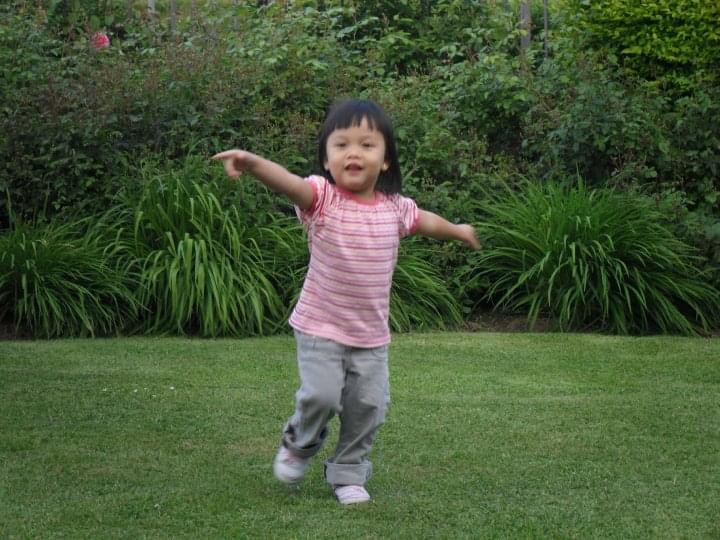protein synthesis
Cards (4)
- What is protein synthesis?the mechanism in cells whereby:
- the DNA template is transcribed into a mRNA molecule in the nucleus
- the mRNA base sequence is then translated into an amino acid sequence in association with tRNA on ribosomes in the cytoplasm
- Process of Transcriptionthe production of mRNA from DNA2) only one chain of DNA acts as a template2) the enzyme RNA polymerase moves along the3) free RNA nucleotides align themselves opposite complementary DNA bases4) RNA polymerase joins together mRNA nucleotides and makes short strands of pre-mRNA until it comes to a terminator sequence5) sections of pre-mRNA are spliced together to remove intron sequences and join exon sequences to form mRNA
- DNA helicase breaks the hydrogen bonds between bases, causing DNA to unwind and expose bases
- in which organisms does splicing occur ?eukaryotes
- in prokaryotes transcription results directly into mRNA as most don't include introns
- Process of Translationthe production of polypeptides from the sequence of codons carried by mRNA2) a tRNA (carrying an amino acid) with a complementary anticodon moves to ribosome and pairs with the first mRNA codon3) the ribosome moves along the mRNA, pairing a complementary tRNA to the mRNA4) energy released from ATP is used to form a polypeptide bond between amino acids5) when the ribosome reaches a stop codon, the polypeptide is complete and the RNAs are released and the ribosome can be reused
- mRNA moves from the nucleus through a nuclear pore to the cytoplasm and associates with ribosome which moves to the start codon on mRNA
